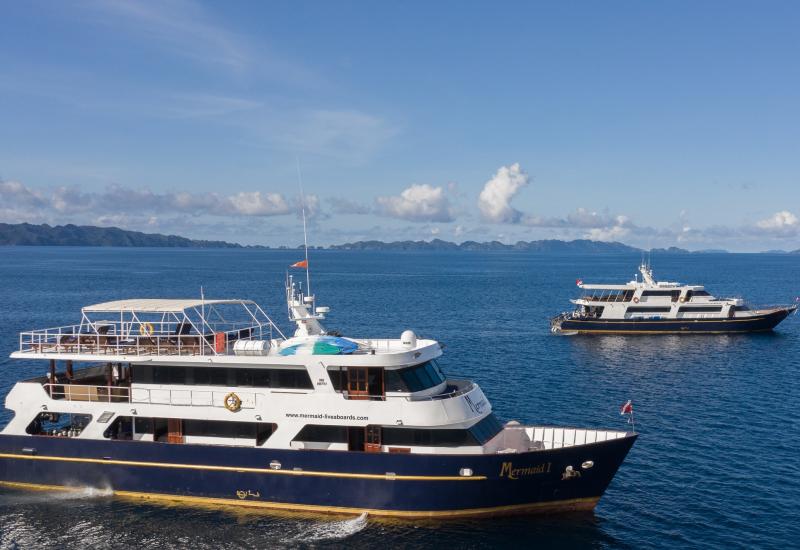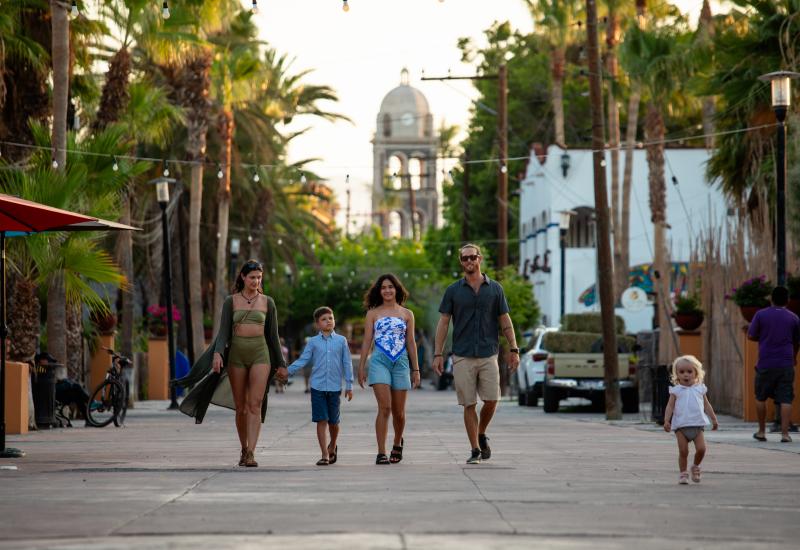Five Reasons to Dive the Solomon Islands
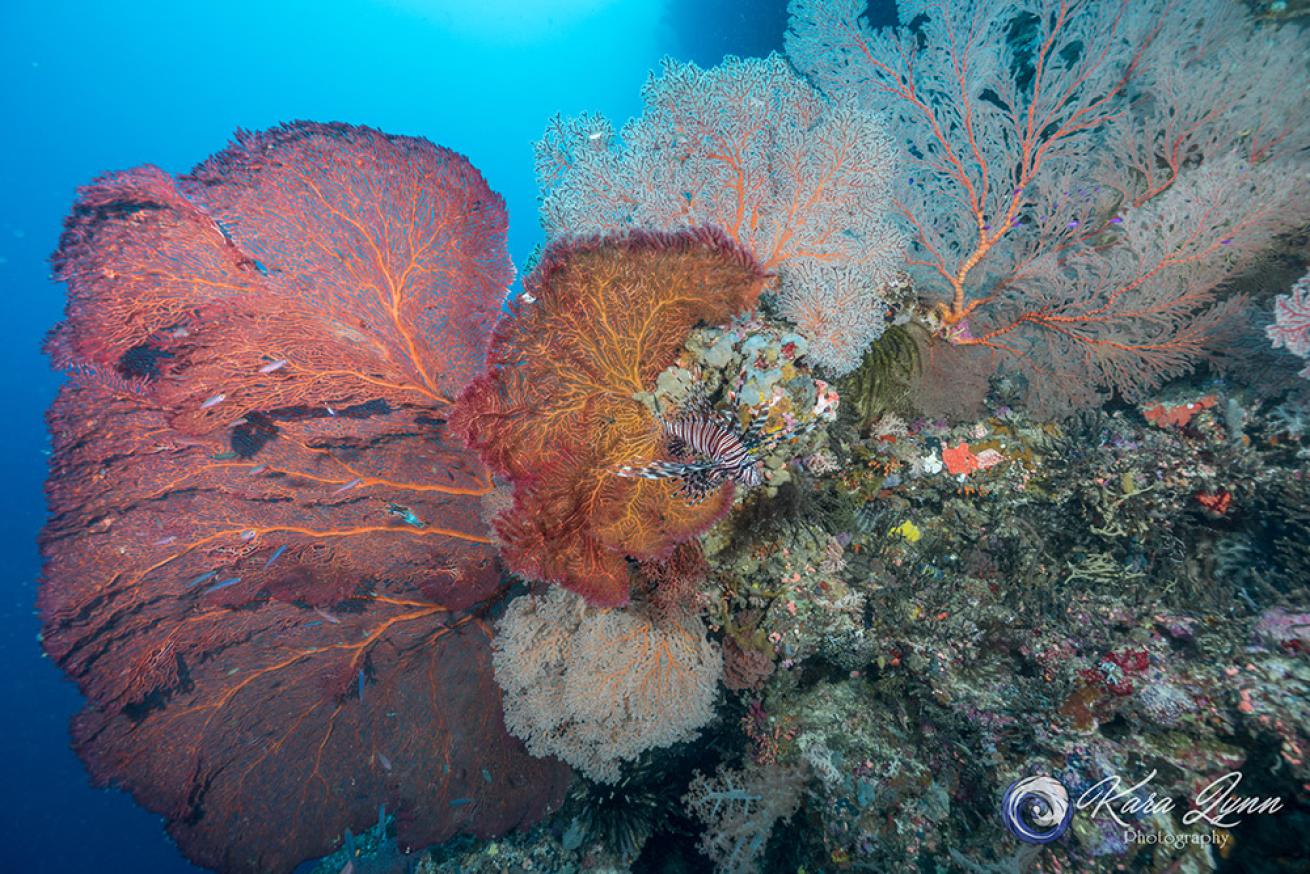
Kara NelsonA lion fish is seen dwarfed by Gorgonian sea fan corals on a reef wall.
The Solomon Islands had been next on my bucket list for several years. They appealed to me because they lie in the middle of the coral triangle, and I hoped their remoteness would promise less spoiled coral reef ecosystems. I enjoy traveling to places that are off the beaten path and have yet to be overrun by tourists.
And the Solomon Islands are exactly that. This archipelago is made up of 992 islands situated between Papua New Guinea and Vanuatu. There are more than 70 different languages spoken throughout the islands, making it one of the most linguistically diverse countries in the world. It is a bit of a jaunt to get there from most parts of the world, but you will be greatly rewarded if you accept the challenge. The majority of flights to the Solomon Islands connect through Brisbane, Australia, or Nadi, Fiji.
On my trip to the Solomon Islands, I completed 32 dives while staying aboard M/V Taka, the Solomons PNG Master liveaboard. Their “Best of the Solomons” itinerary (11 days, 10 nights) departs from and returns to Honiara. Whether you like macro life, reefscapes, schools of fish, caverns and caves, wrecks, history or cultural experiences, the Solomon Islands has a little bit of everything. Take a chance on your next trip and go off the beaten path to explore a unique area in the world. Here are five reasons why the Solomon Islands should be your next dive destination.
1. Dive Variety
Some dive trips you might dive three to five times a day and the dives start to blend together. I never really experienced that in the Solomon Islands because the dive sites, as well as the conditions differed from day to day. There were many pristine coral reefs, walls, caves, unique brackish cavern systems, and schools of jacks and barracuda. And it was nice to see healthy coral reef ecosystems, full of wonderful soft and hard corals, plenty of fish life and gorgonian fans up to 10 feet long. Rainbow Reef, a bommie that sits in the middle of the blue, was a favorite of the reef dives. The current can be strong, but it made for a fantastic show of pelagic life. We saw schools of barracuda and batfish, reef sharks, plus a vibrant and colorful reef full of sponges, and soft and hard corals.
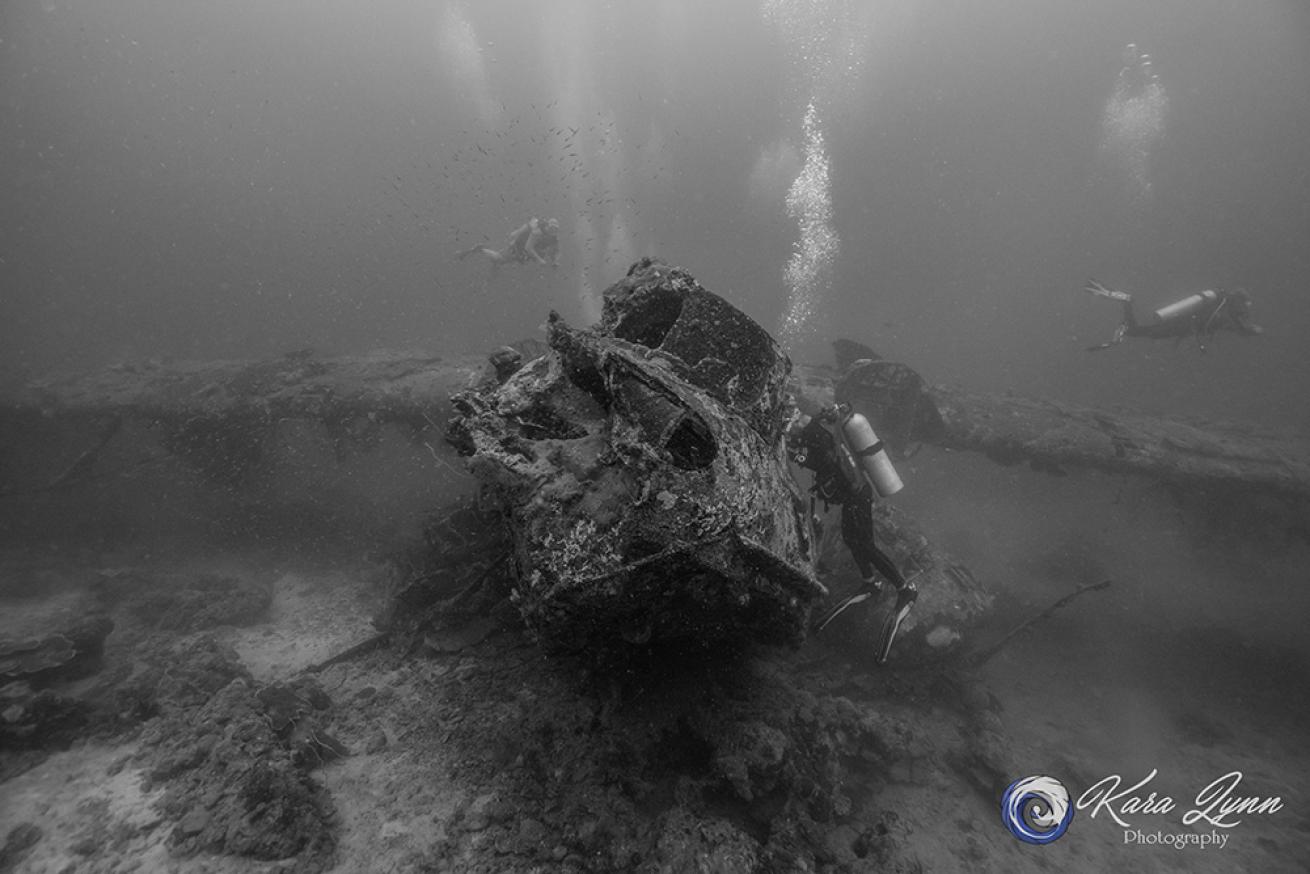
Kara NelsonAn American PBY Catalina seaplane that sunk after an attack by the Japanese during World War II.
2. WWII History
You may be familiar with the Solomon Islands because of the pivotal World War II campaign at Guadalcanal, where Allied forces fought the Japanese. Many ships, aircrafts, amphibious vehicles, trucks and miscellaneous war relics still lie at the bottom of the ocean, scattered through the islands but concentrated closer to Guadalcanal. It was an extremely humbling experience to find airplanes scarred with bullet holes and see debris such as glass Coca-Cola bottles and ammunition of all sizes strewn on the bottom. We visited the New Zealand Moa, a ship that was sunk by the Japanese. The visibility was at its lowest that day, and it added to the somber feeling of visiting its final resting place.
RELATED: The 10 Best Wreck Diving Havens in the World
The Japanese Mavis airplane wrecks and White Beach were my favorite World War II sites. The Mavis wrecks were in good condition, and one of them was at a depth that allowed us more bottom time to see the whole extent of the plane without decompression obligations. White Beach had loads of WWII relics, including barges, trucks, guns, ammunition and more Coke bottles, as well as nudibranchs, crocodilefish, anemonefish and other macro life.
3. Cultural Experiences
Beyond literally diving into history, the crew of the Solomons PNG Master liveaboard prearranged local village visits as a part of the itinerary. We were able to speak with the locals and get to experience the culture. The village visits were truly special. We watched people perform on pipe drums while they sang and danced, and saw dwellings and schools. The Solomons PNG Master liveaboard also participates in Pack for a Purpose, a program where divers can donate school or medical supplies to the local villages.
4. Photography Opportunities
The dive sites that featured more coral reef walls or sloping reefs were all beautiful, and great for both macro and wide-angle photography. The dive guides were really great about identifying dive sites as macro or wide-angle on the daily schedule. It was always a challenge deciding which lens to use when the dive site was good for both, but the guides gave good advice to help make an educated decision. The reefs had wonderful soft and hard corals and always had loads of fish life swimming about — it was so nice to see healthy coral reef ecosystems. They were great places for many kinds of nudibranchs, and we even saw pygmy seahorses! Rainbow Reef was a favorite, and Kicha Corner is home to some of the largest gorgonian sea fans I’ve ever seen. On top of that, the entire coral reef ecosystem is near pristine in both hard and soft corals.
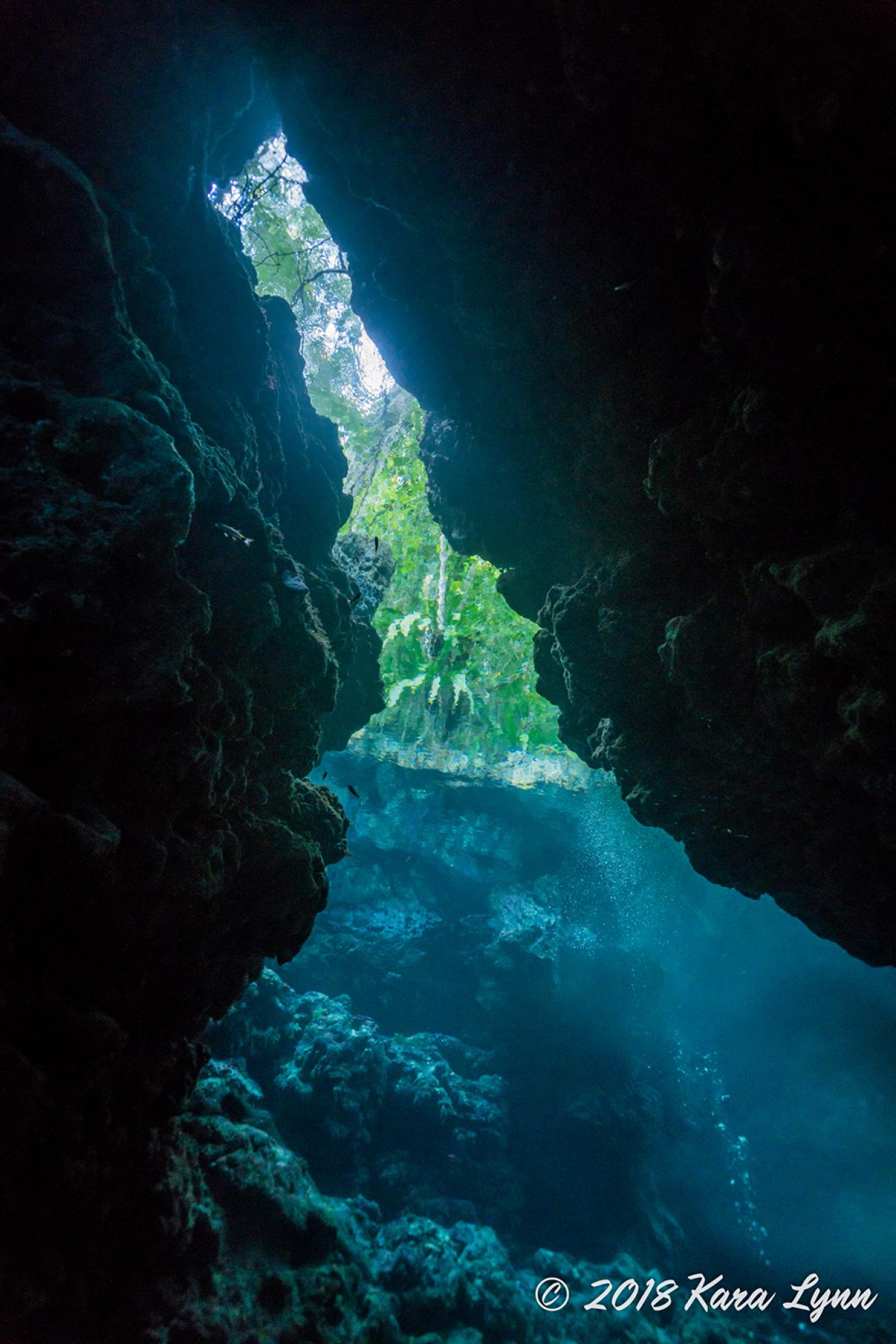
Kara NelsonLooking up to the forest canopy from one of the magical caverns at Mirror Pond.
5. Caverns
Some of my favorite dive sites were those that started on coral reef walls and led you through brackish cavern systems into small islands. The water was so clear that you could see the lush forest above and the blue water in front of you. They are truly unique, and I have never been to any place quite like them. We got pretty lucky on the days we dived the caverns too because the sun would beam through the trees and shine down into the caverns, creating a truly magical experience. I was totally in awe — they cast a spell over me, and I haven’t been the same since.
Cathedral was one of my favorite dive sites because it’s an extensive cavern system where light beams shine in all the right places, and the sloping reef outside was beautiful and pristine. As you go deeper into the cavern system, you start to see what you’d least expect to see above you while diving: trees. There are several areas where you swim through small caves that open into caverns beneath the canopy and return to large open areas. I just couldn’t get over how perfect everything looked with the sun beaming through the trees down into the caverns. It’s an absolutely special place. I could have stayed there all day, but outside of the caverns lies a beautiful predominantly hard coral reef that drops off quickly from the side of the island. The colors of the reef can be seen clearly on a sunny day.
Mirror Pond is quite similar to Cathedral except that it is shallow enough to surface in one of the brackish areas, where a resident saltwater crocodile can be seen at times. The reef outside of Mirror Pond has a beautiful mixture of hard corals and large gorgonian sea fans and other soft corals. Schools of fish dance around you, and loads of nudibranchs can be found on the reef walls and shallow areas.
To see more of Nelson's photos, visit her website at www.karalynnphoto.com or follow her on Facebook and Instagram.


